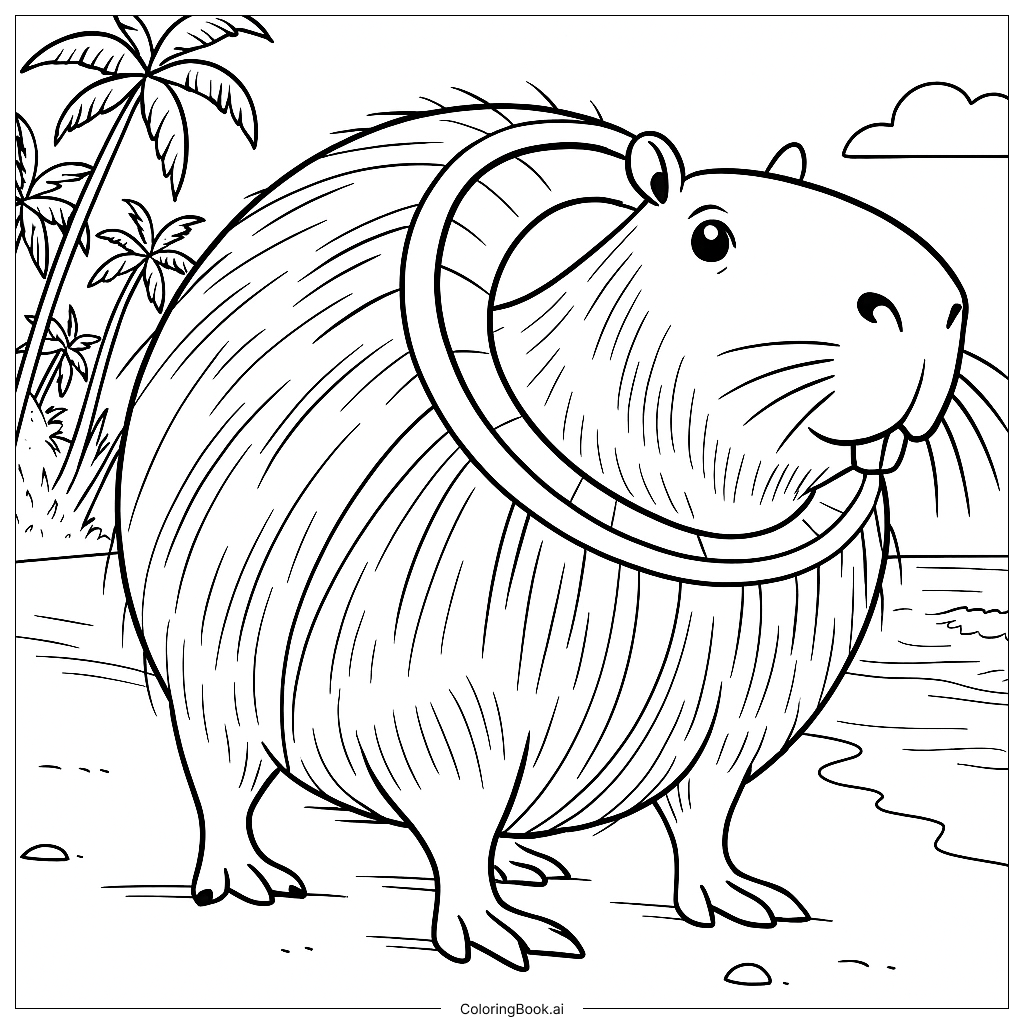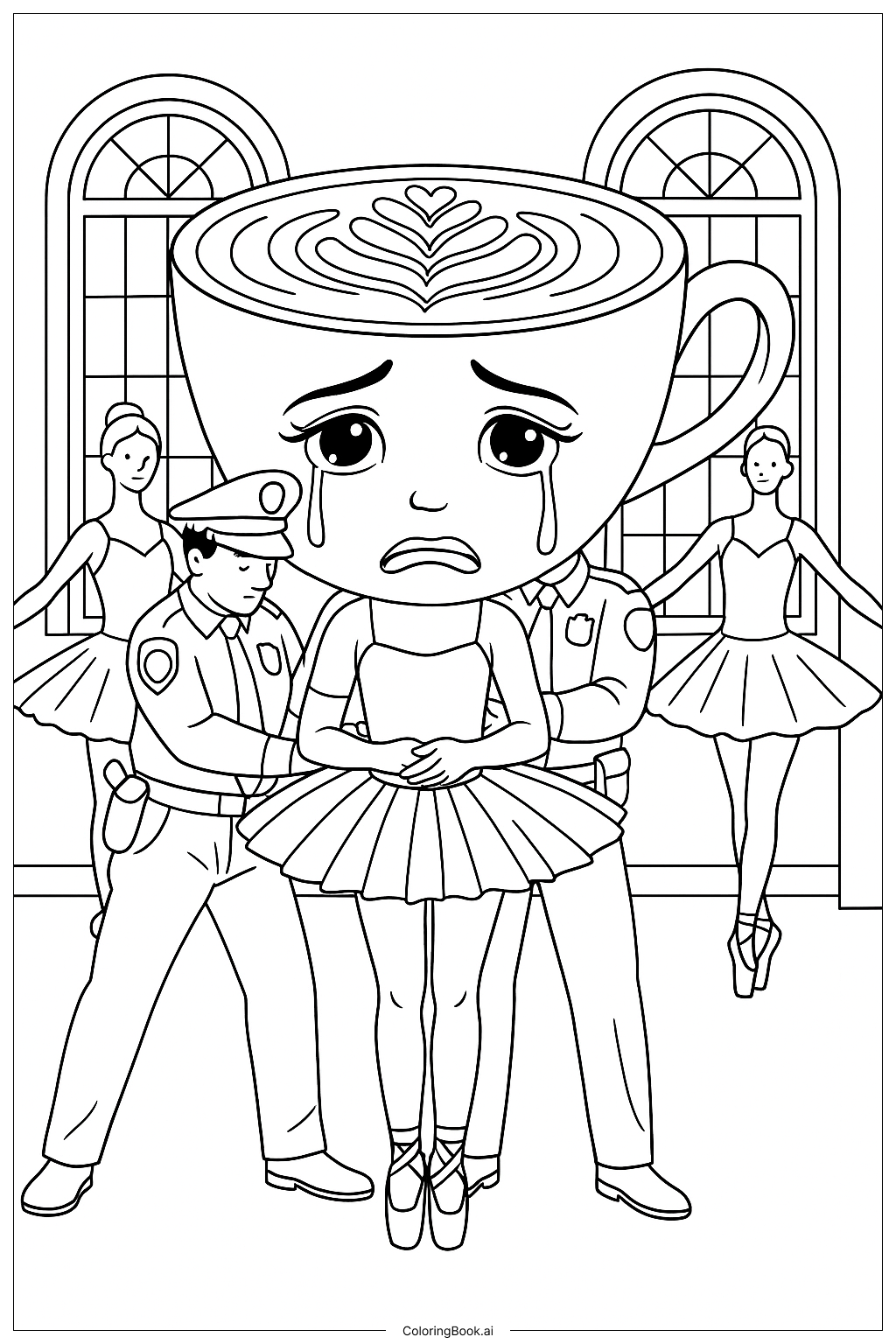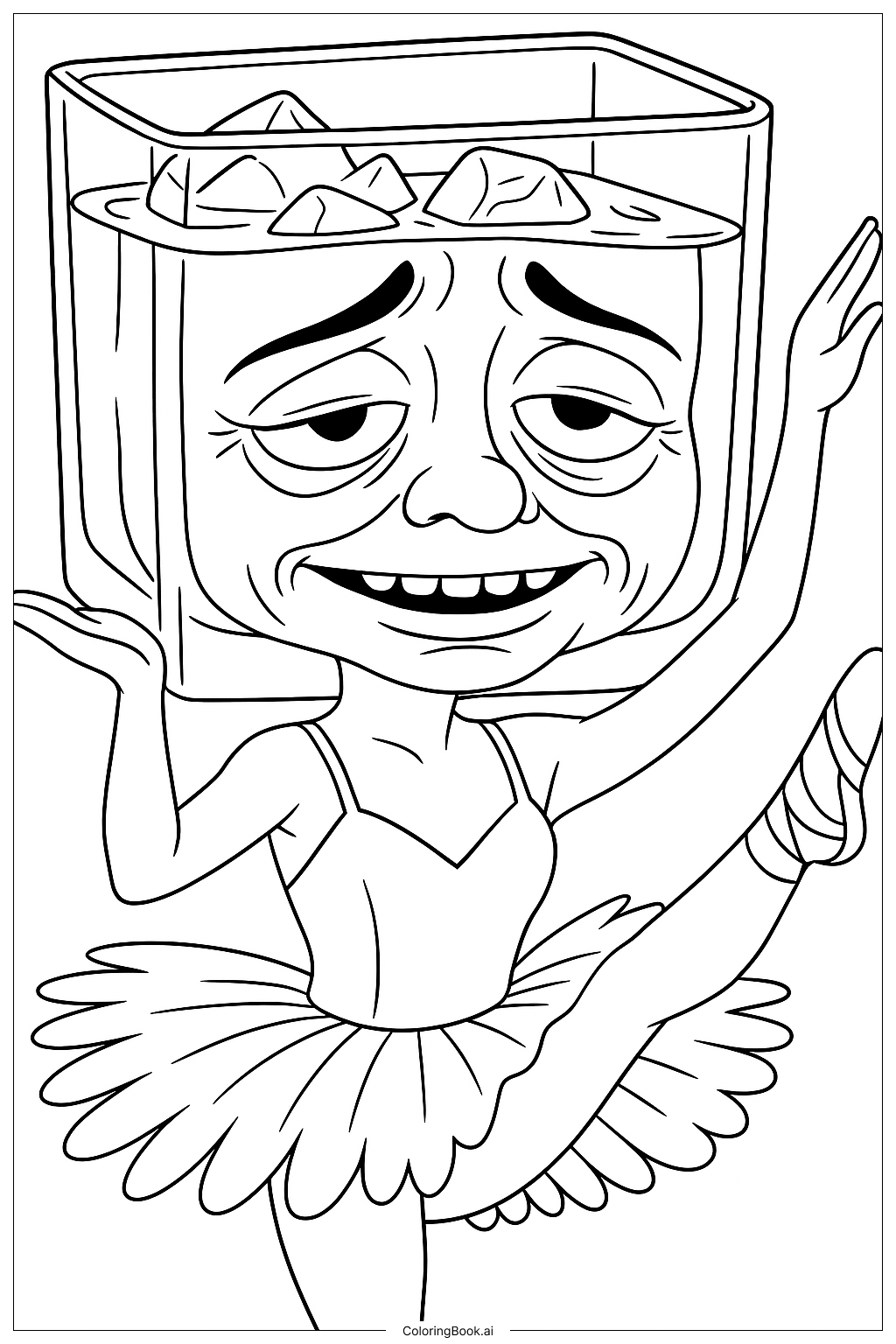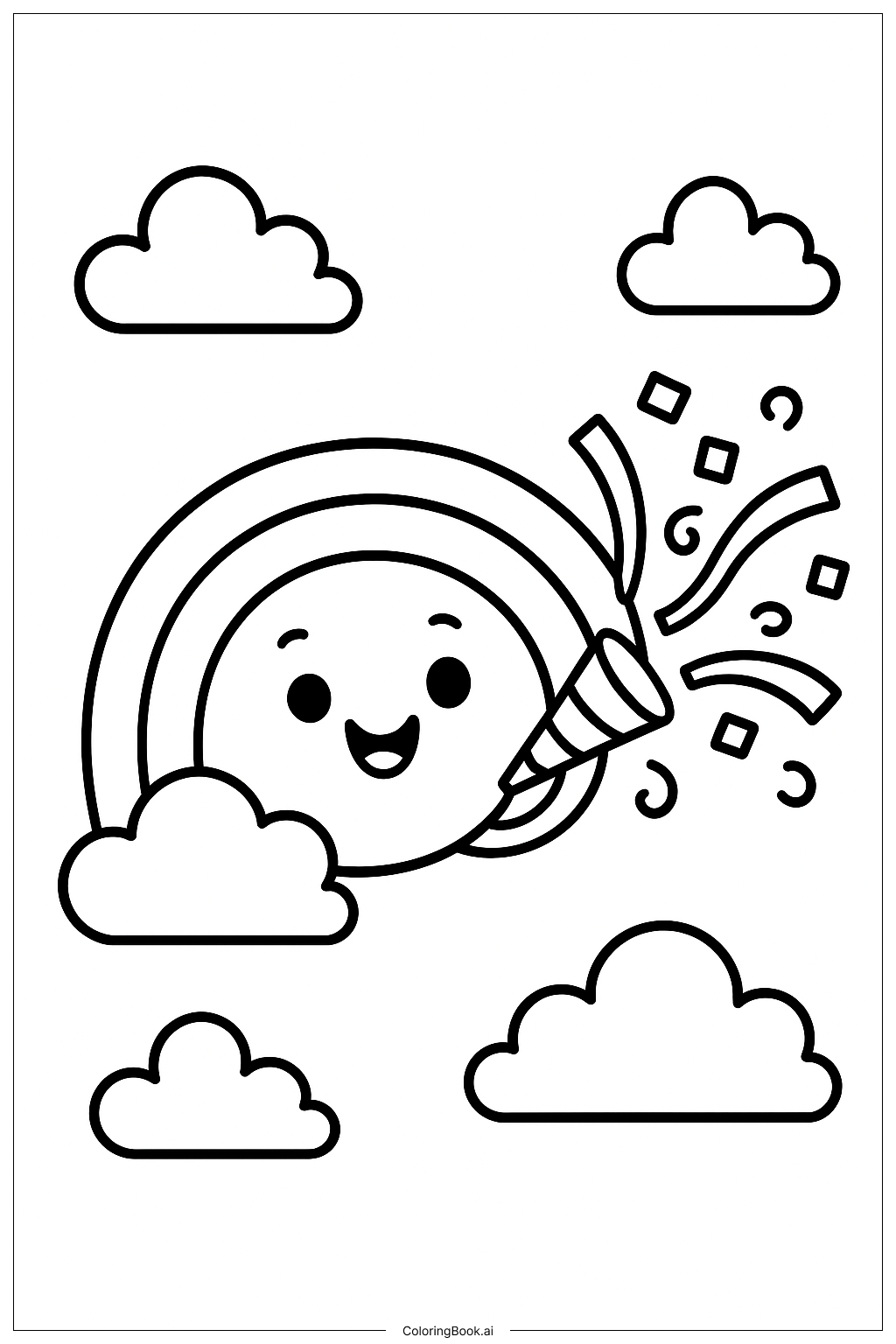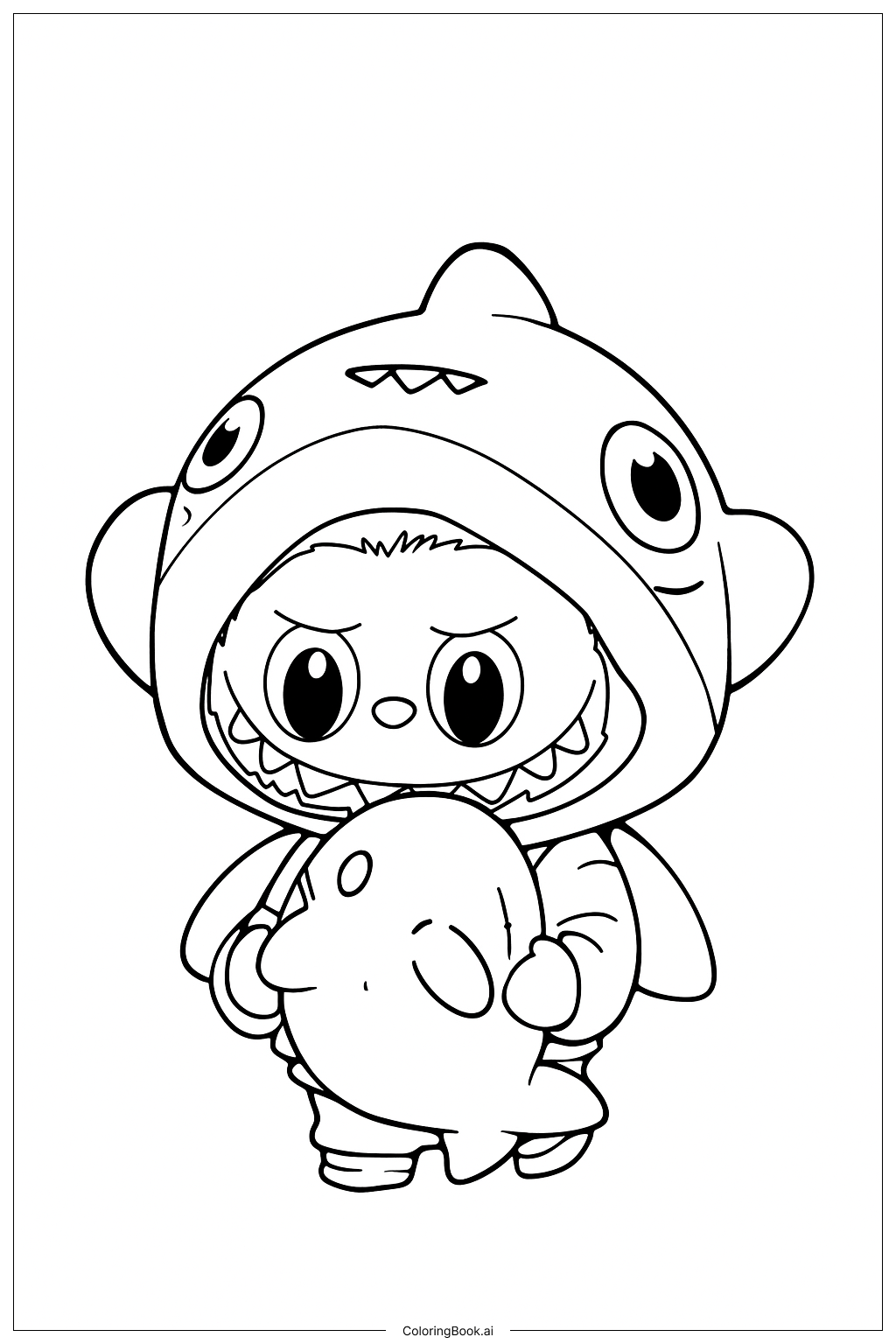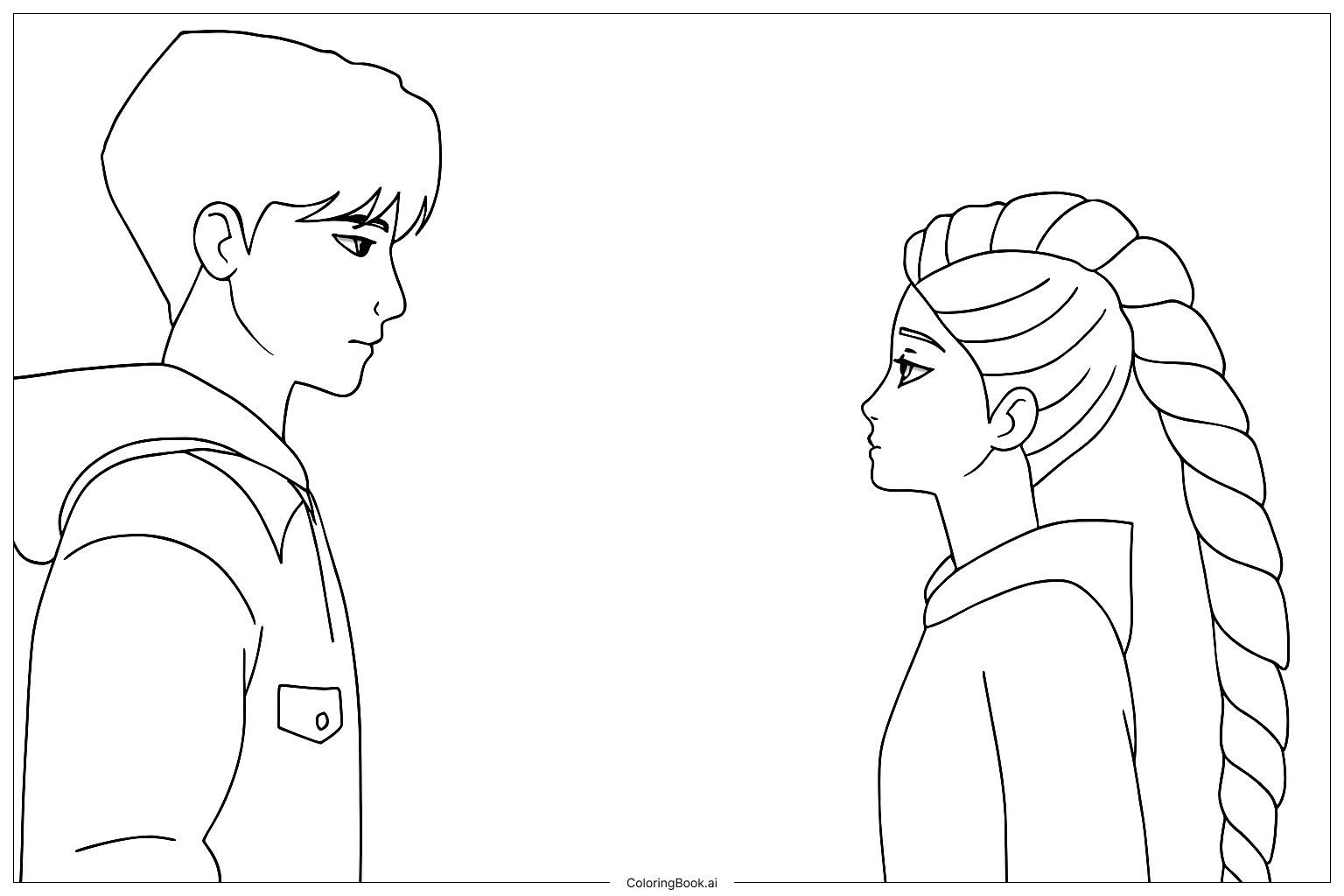Coloring tips: How to color Burbaloni Lulilolli at Tropical Beach coloring page well?
Use warm colors like browns and beiges to color the capybara's fur, with darker shades to show the fur texture lines. The ring around its neck can be bright, like red or blue, to make it stand out. For the palm trees, use shades of green for the leaves and brown for the trunks. The beach sand can be light yellow or tan, and the water can be blue with gentle white waves. The sky can be light blue with a soft white cloud. Add some shading to give the picture depth and make it lively.
Coloring challenges: Which parts are difficult to color and need attention for Burbaloni Lulilolli at Tropical Beach coloring page?
1. Coloring the capybara's fur evenly while showing the texture lines can be tricky because of the many lines that need to be highlighted. 2. Coloring the palm tree leaves needs care to stay inside the thin leaf shapes. 3. The ring around the capybara's neck might be hard to color neatly because it has a smooth round shape that should look bright and clear. 4. Showing the ocean waves softly without making them look messy takes control of color blending. 5. Adding shading without making the picture too dark requires balance and light hand.
Benefits of coloring books: Advantages of drawing Burbaloni Lulilolli at Tropical Beach coloring page
Coloring this picture helps improve hand-eye coordination and attention to detail because of the many lines in the fur and leaves. It encourages creativity in choosing colors for the tropical beach scene. The picture is friendly and fun, which can reduce stress and make coloring enjoyable. This activity also enhances patience and focus, useful skills for children.
